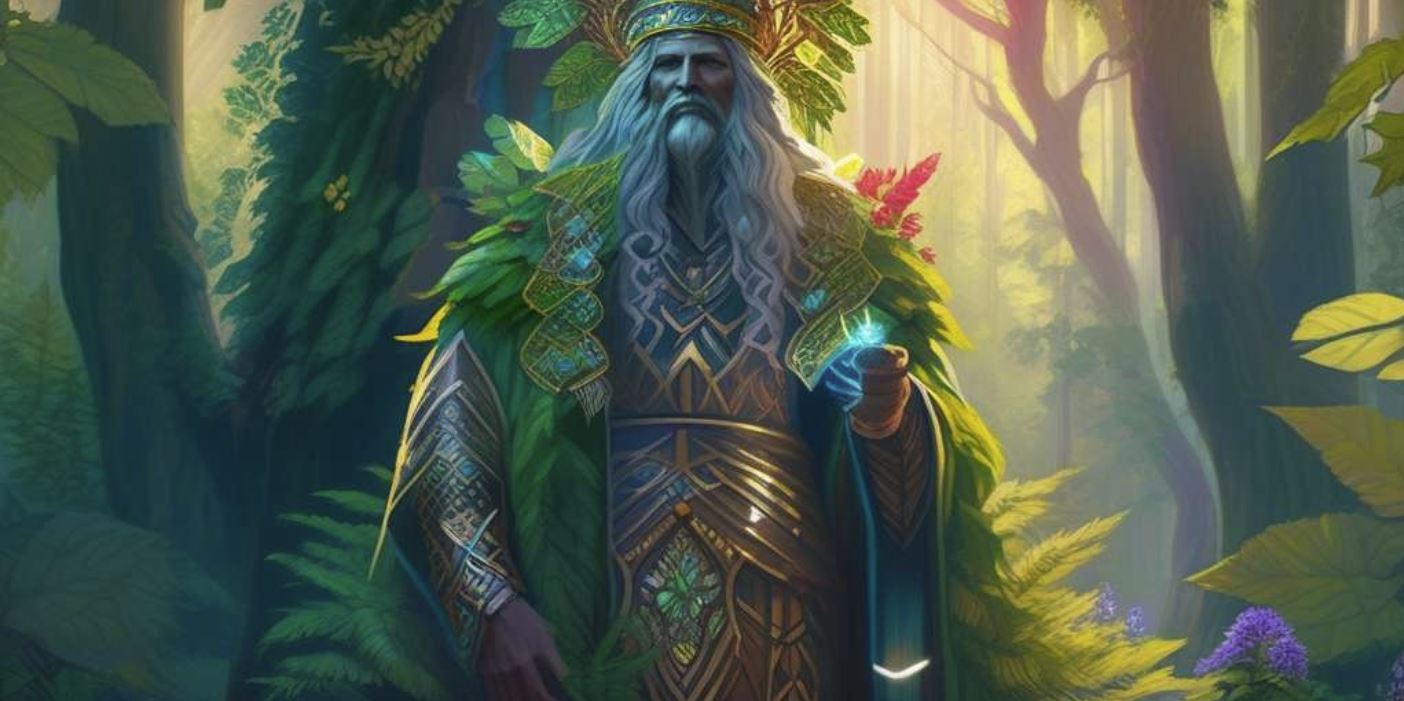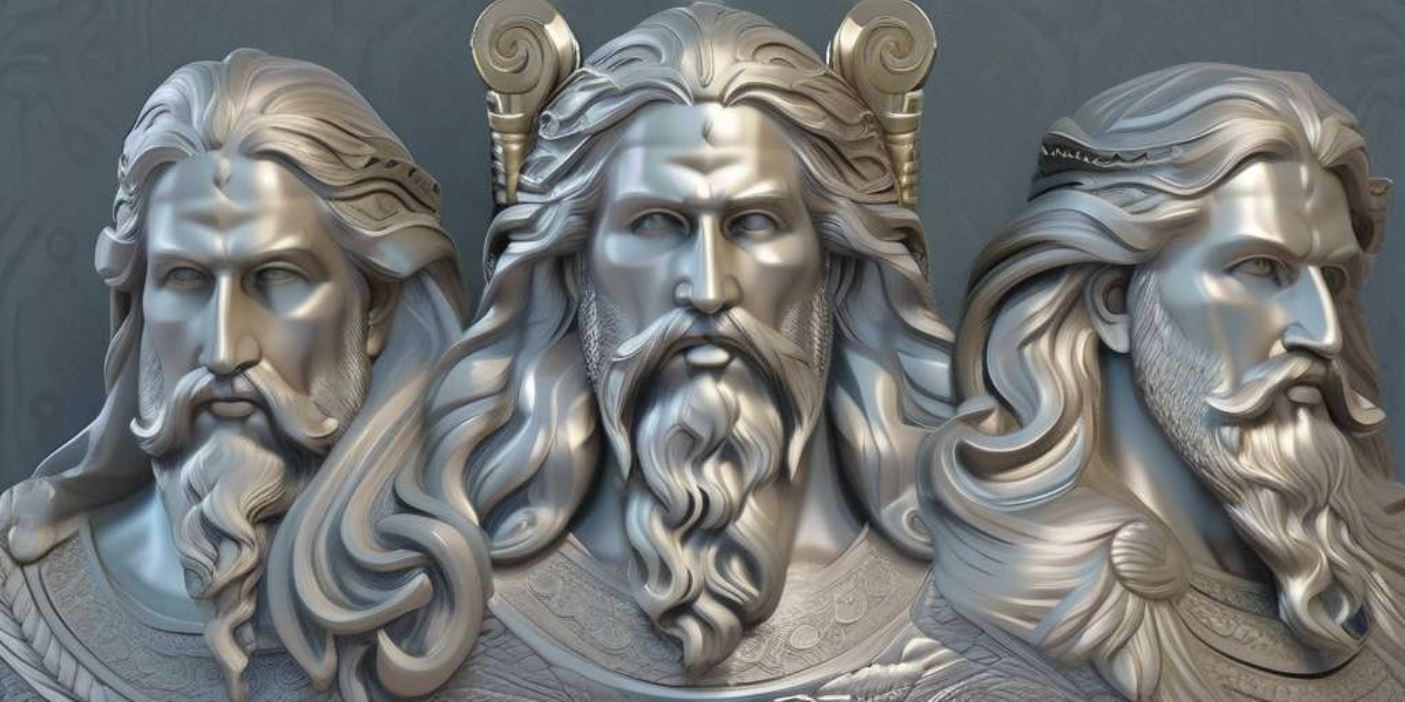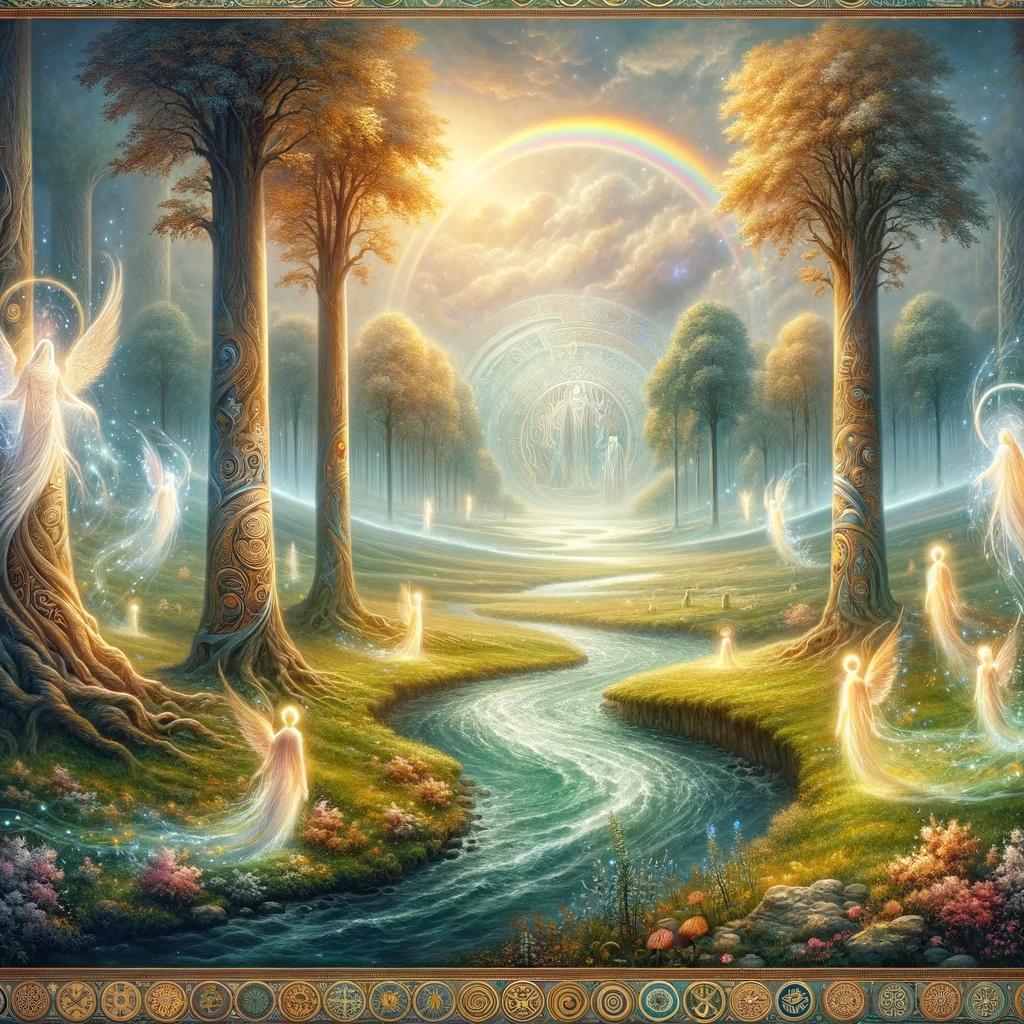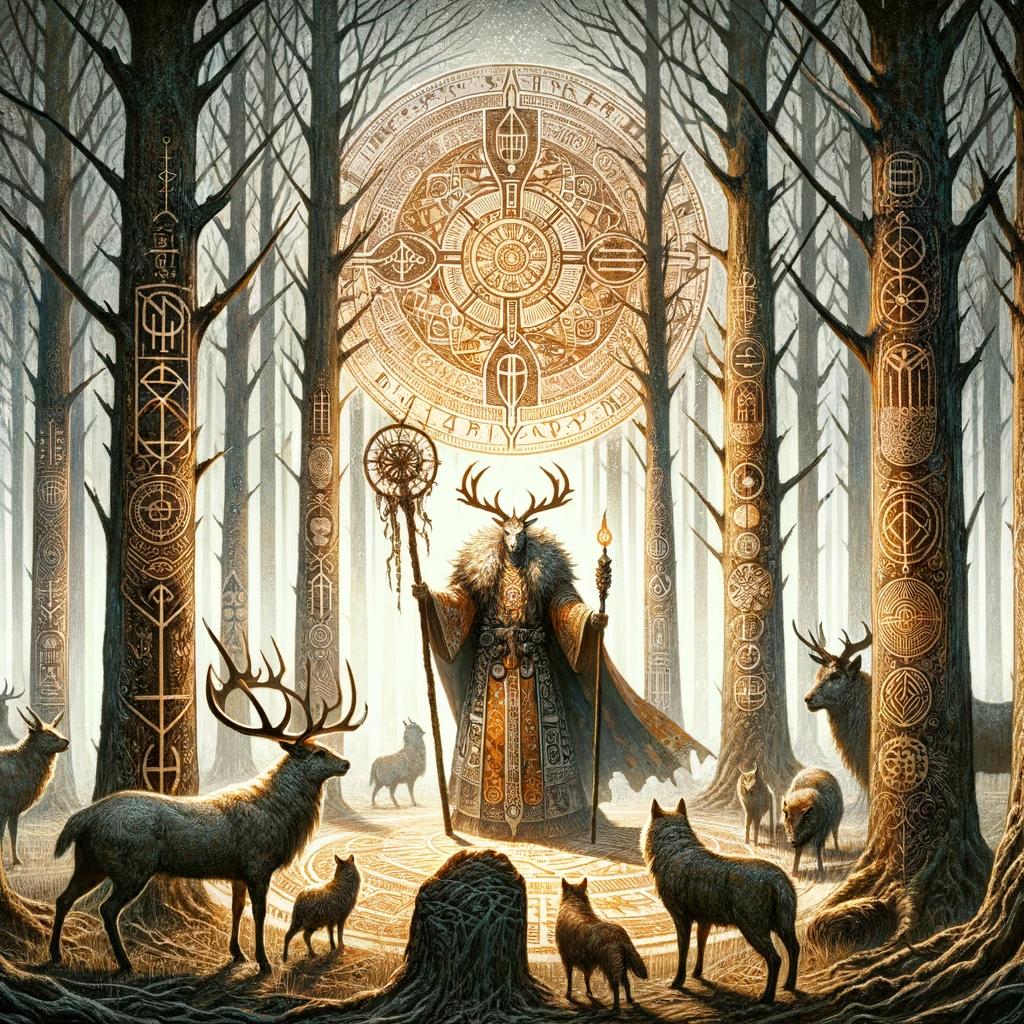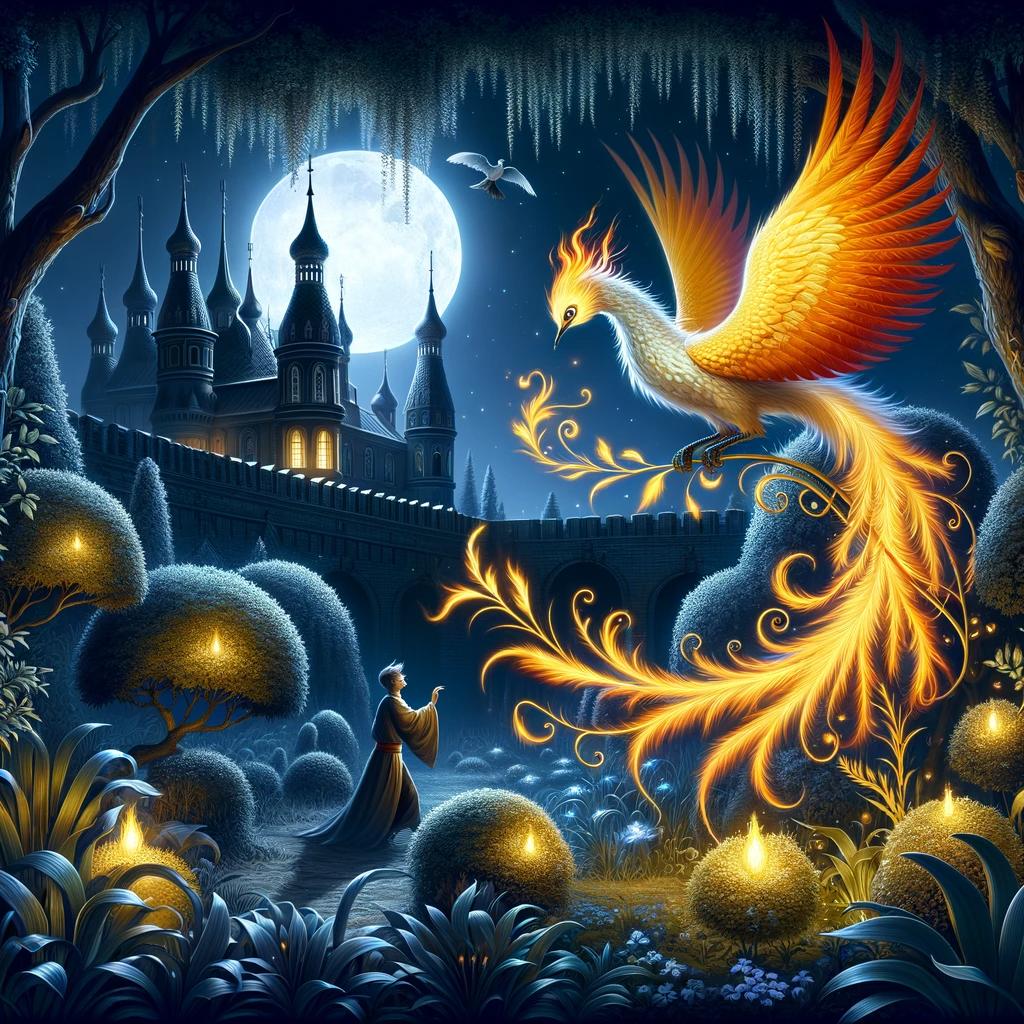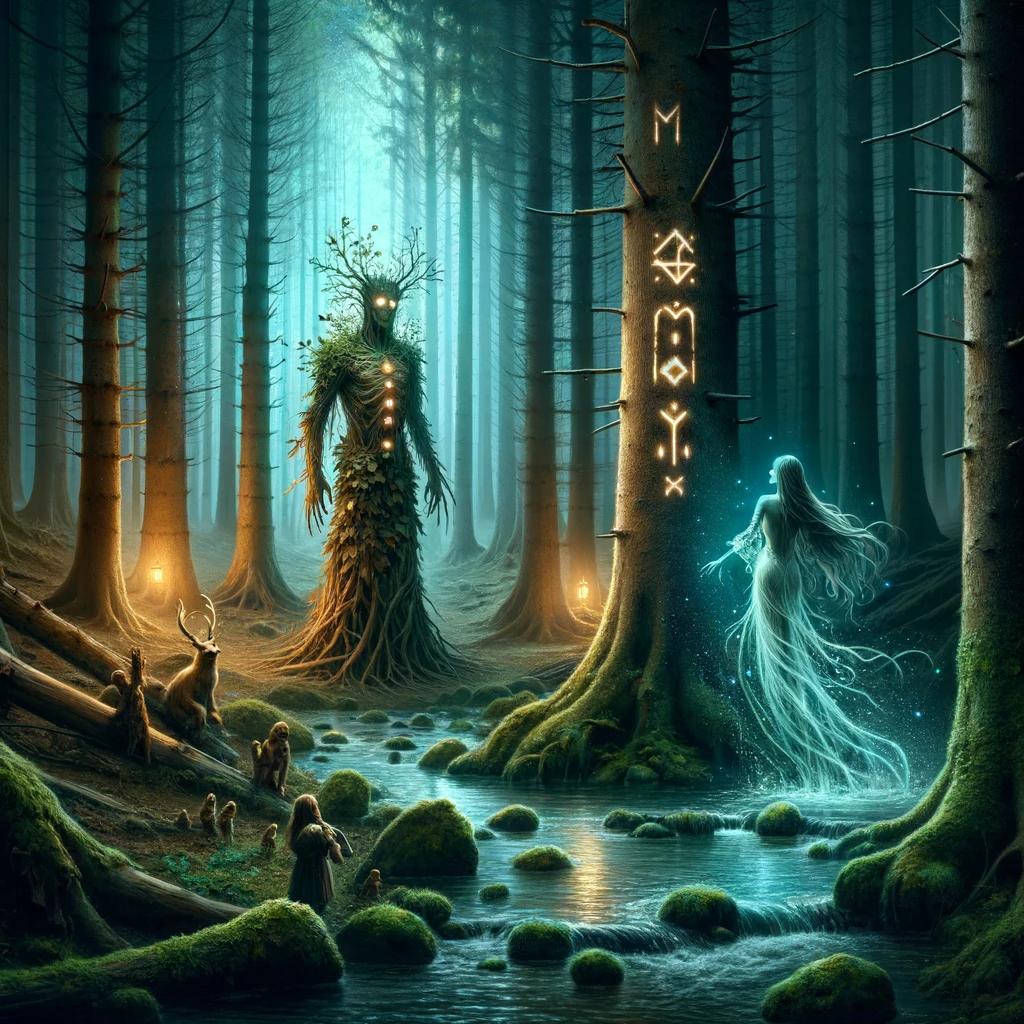‘Radegast God: Exploring the Sacred Deity of Hospitality and Abundance’
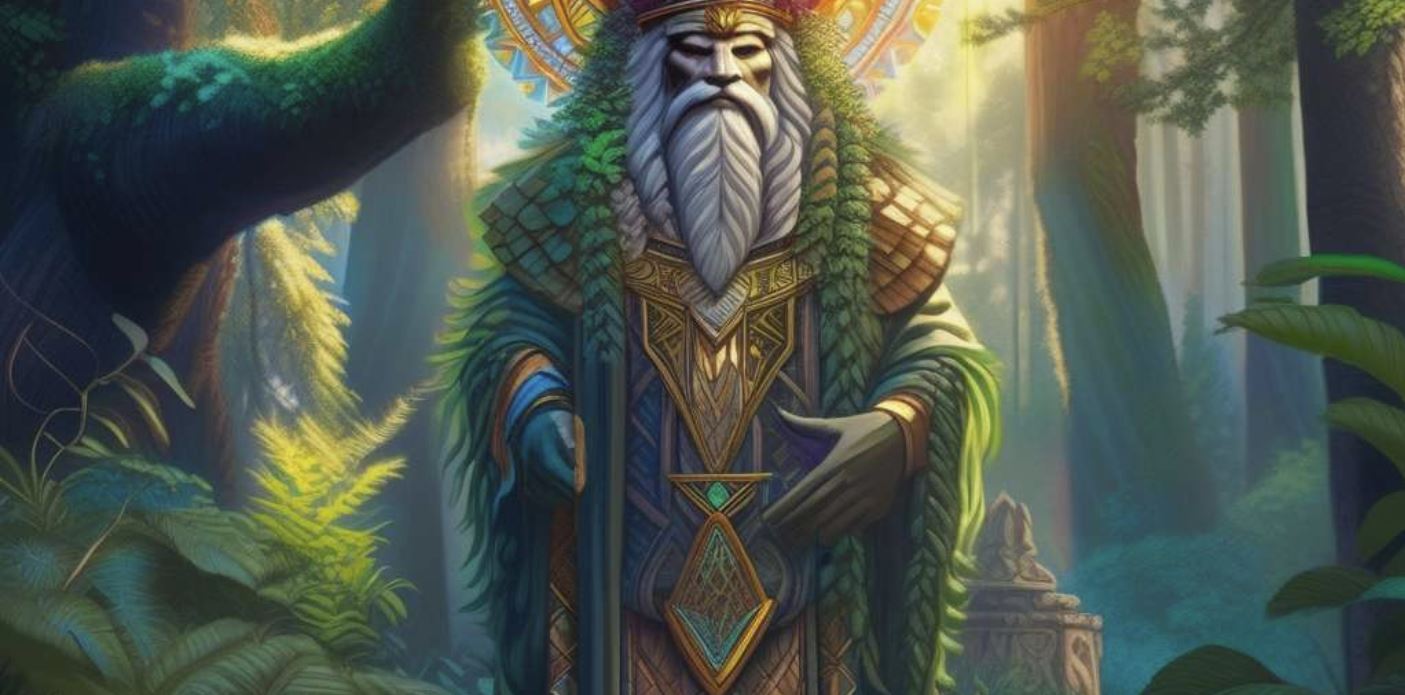
Radegast god is a prominent deity in Slavic mythology, particularly among the Polabian Slavs. As the god of sacred hospitality, abundance, the sun, fire, war, night, and the nocturnal sky, Radegast holds a significant role in Slavic culture.
This article provides an overview of Slavic mythology, delving into Radegast’s mythological background, his multifaceted aspects, worship practices, and his presence in different Slavic cultures. Additionally, it explores interpretations and references to Radegast in literature and art, including his portrayal in fantasy and popular culture as well as various literary works and legends.
Overview of Slavic Mythology
Slavic mythology is a rich and fascinating belief system that encompasses the traditional beliefs and folklore of the Slavic people.
It developed over centuries among the Slavic tribes across Eastern Europe, including modern-day Russia, Ukraine, Poland, and the Czech Republic. Slavic mythology is a testament to the vibrant cultural heritage and deep spiritual connections of these ancient societies.
Origins and Development of Slavic Mythology
The origins of href=”https://oldworldgods.com/slavic/”>Slavic mythology can be traced back to the prehistoric times when the early Slavic tribes settled in the region. As these tribes flourished and interacted with neighboring cultures, their mythological beliefs evolved and adapted, incorporating elements from various cultural influences.
Over time, Slavic mythology developed its unique set of gods, goddesses, spirits, and mythical creatures.
Key Gods in Slavic Mythology
Slavic mythology features a diverse pantheon of gods, each with their own distinct roles and attributes. These gods represented various aspects of nature, human experiences, and cosmic forces. Among the key gods in Slavic mythology were Perun, the god of thunder and lightning; Stribog, the god of wind and storms; Dazbog, the god of the sun; and Veles, the god of the underworld and earth.
These gods played vital roles in shaping the Slavic worldview and offering explanations for natural phenomena and human existence.
Each god had their own stories, rituals, and worship practices associated with them, reflecting the diverse and multifaceted nature of Slavic mythology.
According to mythological tales, Radegast was born from the cosmic forces that shaped the universe, symbolizing the divine embodiment of hospitality and abundance.
Legends depict Radegast as a celestial being, radiating warmth and generosity. His connection to the sun and fire represents his association with life-sustaining forces and the bountiful blessings of nature. Scholars believe that over time, Radegast’s mythology evolved and intertwined with other Slavic deities, further solidifying his significance in Slavic culture.
Role of Radegast in Slavic Culture
In Slavic culture, Radegast assumed various roles that reflected his diverse attributes. As the god of hospitality, he was invoked by the Polabian Slavs to ensure the welcoming spirit and to foster unity within their communities.
Radegast’s presence was particularly prominent during festive occasions and social gatherings, where his blessings were sought to create an atmosphere of abundance and joy.
Furthermore, Radegast was also revered as the patron of the harvest, overseeing the agricultural cycle and bestowing fertility upon the land.
Farmers and villagers paid homage to him, offering prayers and rituals to ensure a bountiful harvest and prosperity. Radegast’s association with war and night highlighted his protective qualities, with warriors seeking his favor for victory in battles and the safeguarding of their communities.
His mythological background reflects his celestial origins and his diverse roles in Slavic culture.
The Various Aspects of Radegast God
Each aspect highlights a unique facet of Radegast’s powers and attributes.
One of Radegast’s significant aspects is his association with the harvest and abundance. As the benevolent deity of agricultural prosperity, Radegast blesses the crops and ensures a bountiful harvest for the Slavic communities.
Radegast as the God of Sun and Fire
He represents the power and vitality of the sun, which sustains all living beings on earth.
Additionally, Radegast’s association with fire signifies not only its life-sustaining properties but also its destructive potential in times of war and conflict.
Radegast as the God of War and Night
In some Slavic traditions, Radegast is venerated as the god of war, embodying both the honor and brutality associated with military endeavors.
As the fierce protector of his followers, he brings strength and courage during times of conflict. Furthermore, Radegast is often associated with the night, symbolizing its mysterious aura and the hidden aspects of existence.
Radegast as the God of the Sky and Cosmos
Radegast’s domain extends to the celestial realm, where he reigns as the god of the sky and cosmos. He represents the vastness of the universe and the wonders of the celestial bodies that adorn the night sky.
Slavic cultures perceive him as a watchful guardian, ensuring the harmony and balance of the cosmos.
These various aspects of Radegast highlight his significance in Slavic mythology, portraying him as a multifaceted deity responsible for multiple aspects of human existence.
The worship and adoration of Radegast continue to thrive in different Slavic cultures, testifying to his enduring presence and importance.
Worship and Adoration of Radegast God
Worship and adoration of Radegast God hold a significant place in Slavic culture. Followers of this deity engage in various rituals and festivals dedicated to expressing their reverence and seeking blessings from Radegast.
Rituals and Festivals Dedicated to Radegast
Rituals and festivals dedicated to Radegast are vibrant and deeply rooted in tradition. They serve as occasions for the community to come together and honor the divine qualities of Radegast. These ceremonies often involve offerings of food, drinks, and agricultural produce to symbolize gratitude for the abundance provided by Radegast.
During these rituals, sacred fires are lit in honor of Radegast, signifying his association with fire. People gather around these fires, offering prayers and performing dances and songs to invoke the blessings of Radegast.
It is believed that participating in these rituals brings protection, prosperity, and fertility to the community.
Furthermore, harvest festivals are an integral part of worshiping Radegast. These celebrations mark the culmination of the agricultural season and express gratitude for a successful harvest.
People adorn themselves in traditional attire, decorate their homes and temples, and hold processions, feasts, and traditional music and dance performances in reverence for Radegast’s role as the god of harvest.
Symbols and Depictions of Radegast
Radegast is often depicted and symbolized in various ways, representing different aspects of his divine persona. The sun, fire, and abundant harvest are primary symbols associated with Radegast, emphasizing his role as the deity of hospitality and abundance.
The solar disc, often radiating flames, is a common symbol used to represent Radegast’s association with the sun and fire. It signifies the life-giving and purifying powers of these elements as well as their significance in providing light, warmth, and prosperity.
Additionally, Radegast is sometimes depicted with a sheaf of wheat or a cornucopia, symbolizing his connection to the earth and harvest. These symbols serve as a reminder of Radegast’s role in ensuring bountiful crops and abundance in people’s lives.
Furthermore, images of Radegast may include weapons and armor, representing his association with war and protection. This signifies his role as a guardian deity who safeguards his followers from harm and defends their lands and communities.
The worship and adoration of Radegast God encompass a rich tapestry of rituals, festivals, and symbolic representations that reflect the reverence and gratitude of the Slavic people towards this deity.
Radegast God in Different Slavic Cultures
Radegast, the revered deity of hospitality and abundance, has a rich presence in various Slavic cultures, each depicting him through their unique mythologies and folklore.
Let’s explore Radegast’s significance in Czech, Russian, and Serbian folklore.
Radegast in Czech Mythology and Folklore
In Czech mythology and folklore, Radegast holds a revered position as a god associated with hospitality and festivities. He is often depicted as a generous host who welcomes travelers and ensures their comfort during their stay.
Celebrations and rituals dedicated to Radegast are observed with great enthusiasm throughout the year, particularly during harvest festivals and communal gatherings.
Radegast’s presence in Czech culture is deeply rooted, and his traits as a benevolent deity emphasizing the importance of hospitality and communal bonds resonate strongly within the local folklore.
Stories are shared and songs are sung, connecting the people with their traditional beliefs and values centered around Radegast’s teachings.
Radegast in Russian and Serbian Folklore
In Russian and Serbian folklore, Radegast takes on a multifaceted role, embodying various aspects of nature, war, and protection. As the god associated with the sun and fire, Radegast is revered for his ability to bring light, warmth, and vitality to the world.
He symbolizes the fierce warrior and the spirit of resilience in times of battle.
Within Russian and Serbian folklore, Radegast’s influence expands beyond individual households, as he is often invoked to protect entire communities and ensure their well-being.
Rituals and festivals dedicated to Radegast are celebrated, offering prayers and offerings for abundant harvests, prosperity, and divine guidance.
Through their folklore and cultural traditions, the Czech, Russian, and Serbian communities keep Radegast’s spirit alive, honoring his role as a divine force that brings sustenance, protection, and communal strength.
Interpretations and References to Radegast in Literature and Art
Radegast, the Slavic deity of hospitality and abundance, has left a significant imprint on literature and art, both in traditional works and modern interpretations. This section explores various representations and interpretations of Radegast in different creative forms, showcasing the enduring fascination with this mythical figure.
Radegast in Fantasy and Popular Culture
Radegast has garnered attention in the realms of fantasy and popular culture, where authors and artists draw inspiration from Slavic mythology to create captivating narratives. In fantasy literature, Radegast is often depicted as a powerful deity associated with nature, magic, and ancient wisdom.
Characters based on Radegast make appearances in epic quests, where they aid or challenge protagonists on their journeys.
In popular culture, Radegast has found a place in various mediums, ranging from video games to graphic novels and films.
This deity is frequently portrayed as a guardian of nature or protector of ancient knowledge, adding depth and intrigue to fictional worlds. Radegast’s presence in these realms not only captivates audiences but also provides a platform for exploring and appreciating Slavic mythology.
Radegast in Literary Works and Legends
Throughout history, Radegast has been referenced and featured in literary works and legends that celebrate Slavic heritage. Writers and storytellers have woven tales centered around Radegast, showcasing his complex nature and the divine aspects attributed to him.
These stories often convey themes of hospitality, bravery, and the cyclical nature of life and the seasons.
Radegast’s presence in Slavic folklore has also given rise to legends that speak of his interactions with humans and other mythical beings.
These legends shed light on the deity’s benevolence and the consequences of disregarding the principles of hospitality and abundance.
Literary works and legends featuring Radegast continue to captivate readers and preserve Slavic traditions and beliefs.
They serve as a testament to the enduring legacy of this revered deity, further fostering an appreciation for the rich tapestry of Slavic mythology………

